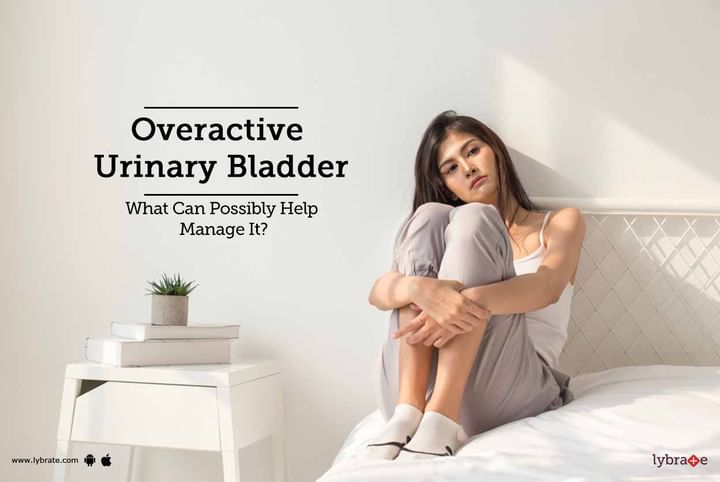Overactive Urinary Bladder - What Can Possibly Help Manage It?
Overactive bladder (OAB) is a set of symptoms that causes a sudden urge to urinate to an extent that can negatively affect a person’s life. OAB incidence increases with age but it is not part of the normal aging process. Many affected people may feel embarrassed and isolate themselves from work and social activities. During normal urination, the detrusor muscle of the bladder contracts when the bladder is full and relaxes when empty. A normal adult bladder contains up to 600cc of urine, in OAB, as little as 200cc of urine can trigger bladder contraction. Certain neurological conditions like stroke, multiple sclerosis, Alzheimer’s disease, tumors, diabetes, bladder stones, enlarged prostate and other abnormalities that obstruct bladder outflow can lead to an overactive bladder. Excessive consumption of caffeine or alcohol could also obstruct the process of normal urination.
While sometimes one may have an urgent urge to urinate due to diet or lifestyle modification, but mentioned below are few symptoms mentioned below should not be ignored:
- Urgency to urinate for a longer period of time, however, a patient may or may not urinate after feeling this urge.
- Patients may leak urine after feeling a sudden urgency. They find it unable to control the flow leading to leakage of few drops or sometimes a gushing large amount of urine.
- Frequent urination, more than 8 times in 24 hours.
- Nocturia i.e waking up one or more times at night to urinate.
Treatment
- Diet, lifestyle modification should be the first line of treatment
- Weight loss in obese patients reduces episodes of incontinence
- Avoiding caffeine and alcohol can do the trick.
- Kegel exercises are exercises of pelvic muscle, which strengthen the muscles of the pelvis and the urethra which support the opening to the bladder. Recommended 30-80 times every day for 8 weeks.
- In women, vaginal weight training can be really helpful. In this small weights are held by the vagina by tightening the vaginal muscles. It should be practiced for 15 minutes twice daily for 4-6 weeks.
- Bladder training is generally done with the help of physical therapist or urologist. It also uses pelvic floor muscle contractions to expand the intervals between voiding and to suppress the urge to void.
- Medications: Used as the second line of treatment as the drugs in most cases are only moderately helpful.
- Anticholinergics act by relaxing the bladder, they decrease the hyperactivity of the detrusor muscle. There are several other medications that may be prescribed by the doctor depending upon the severity of the condition.
- Other procedures: third line of treatment
- Botox injections can be given directly into the bladder wall. It suppresses involuntary bladder contractions by blocking nerve signals.
- Neuromodulation uses electrical stimulation to reorganize spinal reflexes involved in bladder control.
- Reconstructive bladder surgery enlarges the size of the bladder by using part of the intestine.



+1.svg)
